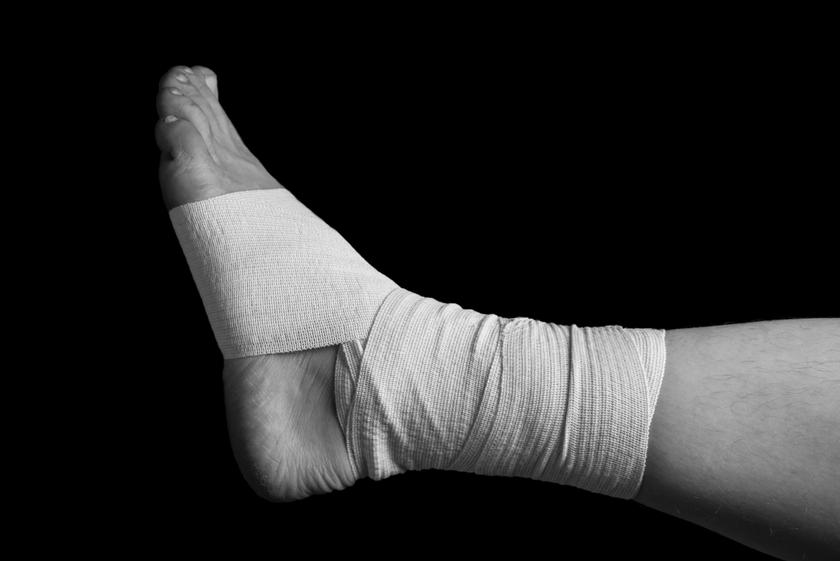- Categories :
- More
Avoid ankle pitfalls: Your strategy for strong and stable ankles

Healthy, strong ankles are essential for stability in everyday activities and crucial for sports. While it’s no fun to sprain or strain an ankle, the good news is that you can protect and strengthen your ankles to avoid injuries. Strengthening the ankle muscles and ligaments can help protect against injury, as can wearing the correct footwear and avoiding overuse injuries.
Understanding your ankles
Your ankle comprises the ankle bone and the ankle joint, formed by two lower leg bones. Ligaments connect the bones to support and stabilize the joint, while muscles and tendons enable movement.
The most common ankle injuries are:
-
Sprains: An ankle sprain affects the soft tissues. It often occurs when an injury pulls, stretches or tears the ligaments connecting bone to bone. You may feel the soft tissue pop or tear when it’s injured. Symptoms include bruising, inability to move your ankle, pain and swelling.
-
Strains: An ankle strain is a stretched or torn muscle or tendon. It occurs when muscles or tendons are twisted or pulled. Symptoms include muscle spasms, swelling and difficulty moving the ankle.
-
Fractures: A fracture is a break in the bone. Symptoms include bruising, the inability to put any weight on the foot, severe pain that doesn’t go away, swelling and tenderness.
If you believe that you or someone else has sustained an ankle injury, whether strain, sprain or fracture, seek medical attention right away. The sooner the injury is assessed and treated, the sooner the ankle can heal.
Risk factors for ankle injuries
Ankle sprains, strains and fractures can occur while playing sports or during activities that require quick foot movements, rotations, direction changes and jumping, especially:
-
Basketball
-
Dance
-
Football
-
Gymnastics
-
Long-distance running
-
Sprinting
Walking on uneven ground that causes you to trip or stumble, previous ankle injuries and weak muscles can also cause ankle injuries.
You’re also more likely to sustain an ankle injury if you wear shoes that don’t fit or offer enough protection for your activity.
Preventing ankle injuries
Strengthening and stretching the muscles, tendons and ligaments surrounding your ankle can help prevent an ankle injury. Whether you are recovering from an injury or looking to prevent future problems, a physical therapist or athletic trainer can suggest strengthening exercises to try. A simple toe stand, for instance, can strengthen ankle and calf muscles.
Other tips to avoid ankle injuries
Always stretch and warm up before exercising. Calf stretches are especially effective for keeping ankles flexible and robust, helping prevent injury.
If it’s been a while since you exercised, or you’re starting a new activity or sport, start slowly and work up to a higher intensity.
If you begin to feel any foot pain, stop exercising immediately. It’s not worth an injury to finish a workout.
Concerned about balance or tripping and rolling your ankle? Ask your doctor about strategies to help you feel safer on your feet. A physical therapist can recommend exercises to improve balance, while activities such as tai chi can be effective in reducing fall risk.
Wear supportive, comfortable athletic shoes appropriate for your chosen activity and replace them before they’re worn out. For runners, that’s around 400 miles of running. For other types of exercise, replace shoes after approximately 300 hours of activity.
Whether you’re concerned about protecting your ankles during your sport or as you go about your day-to-day activities, a performance medicine specialist can help. See our offerings for people at all stages of life.

















